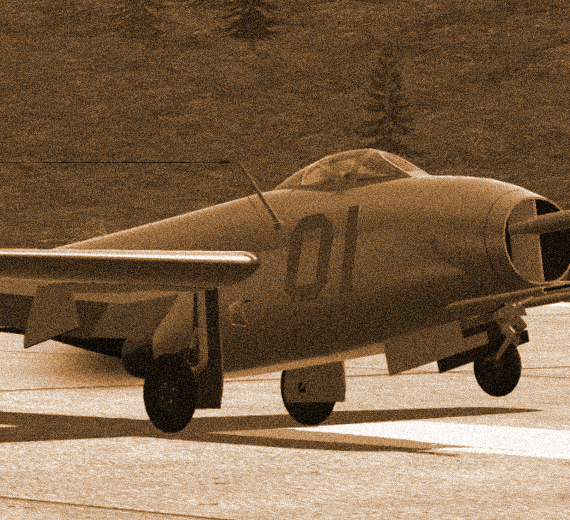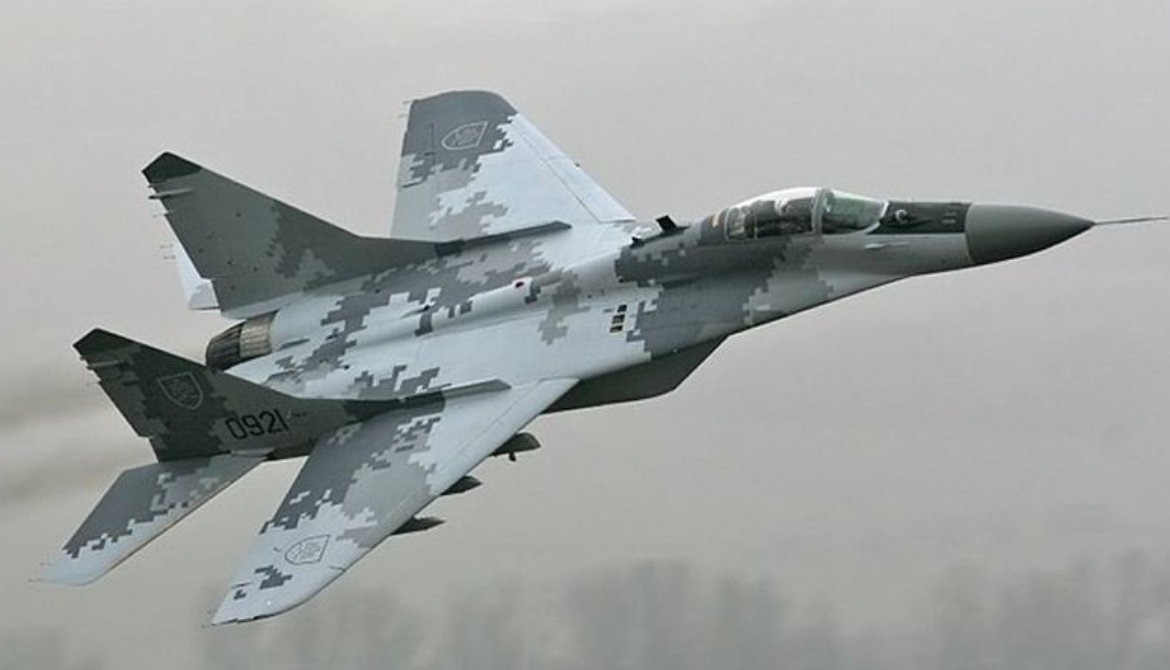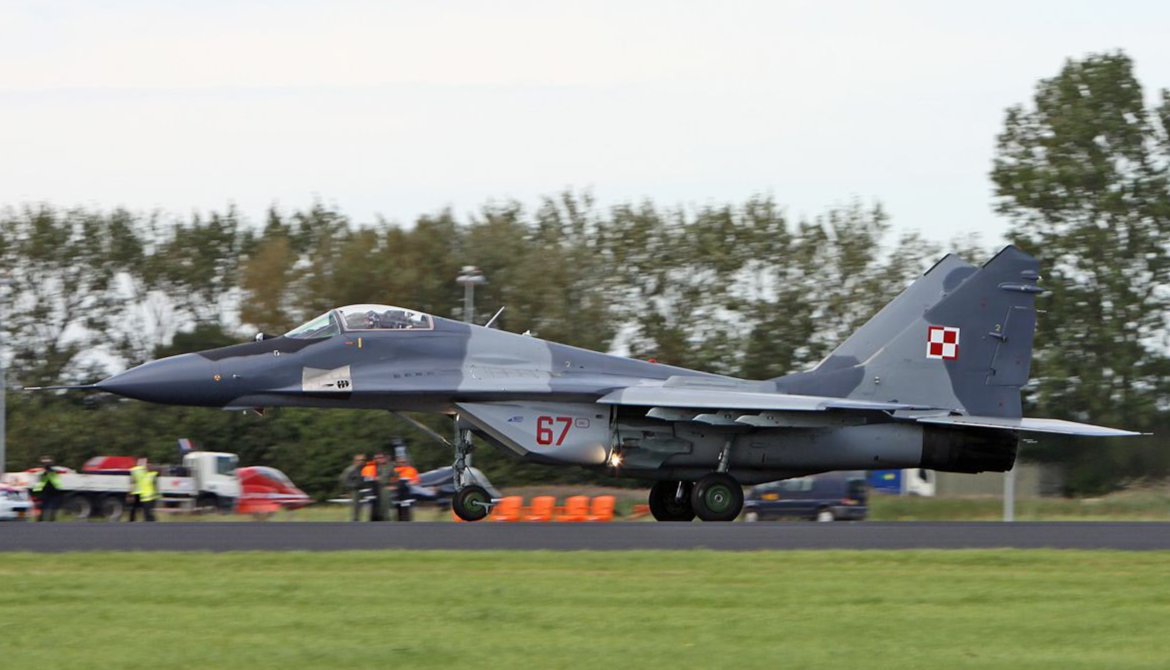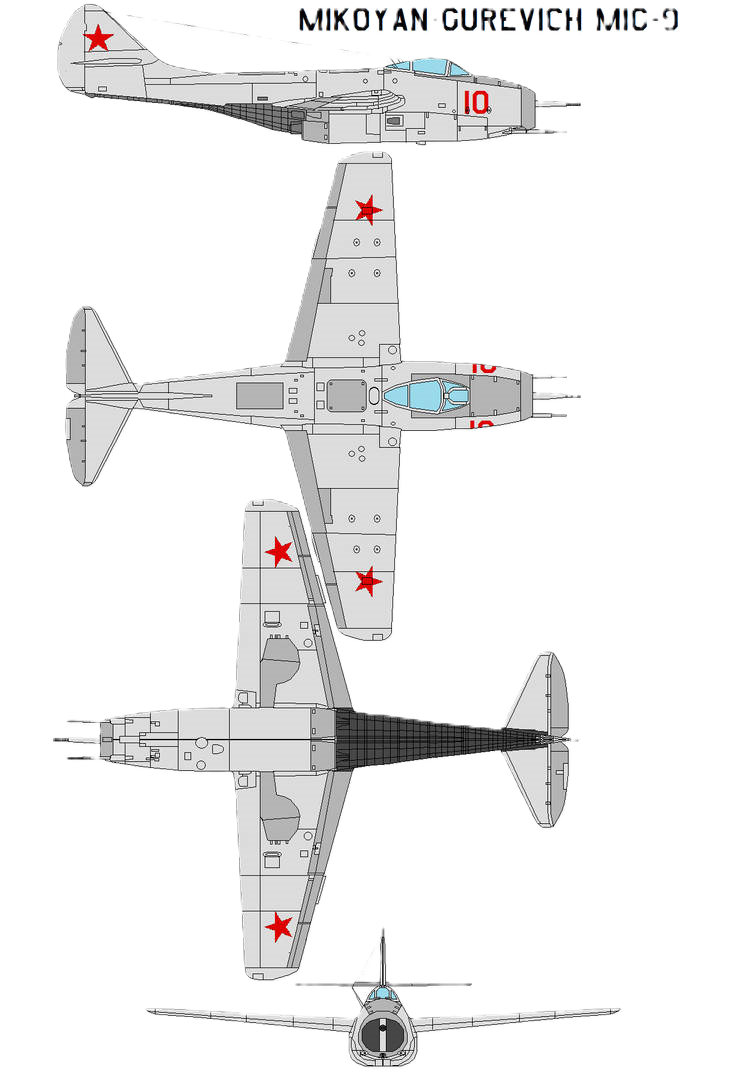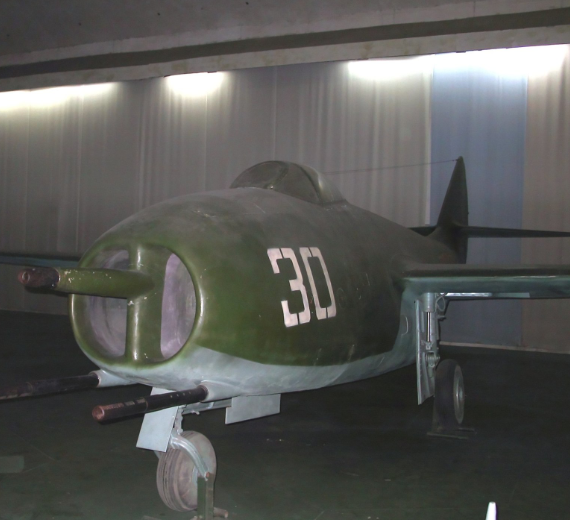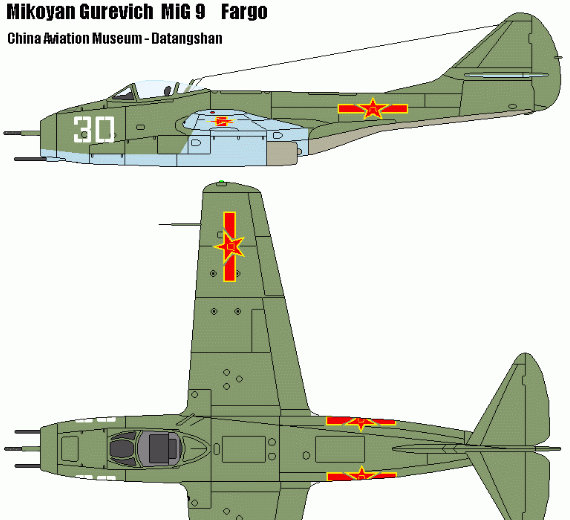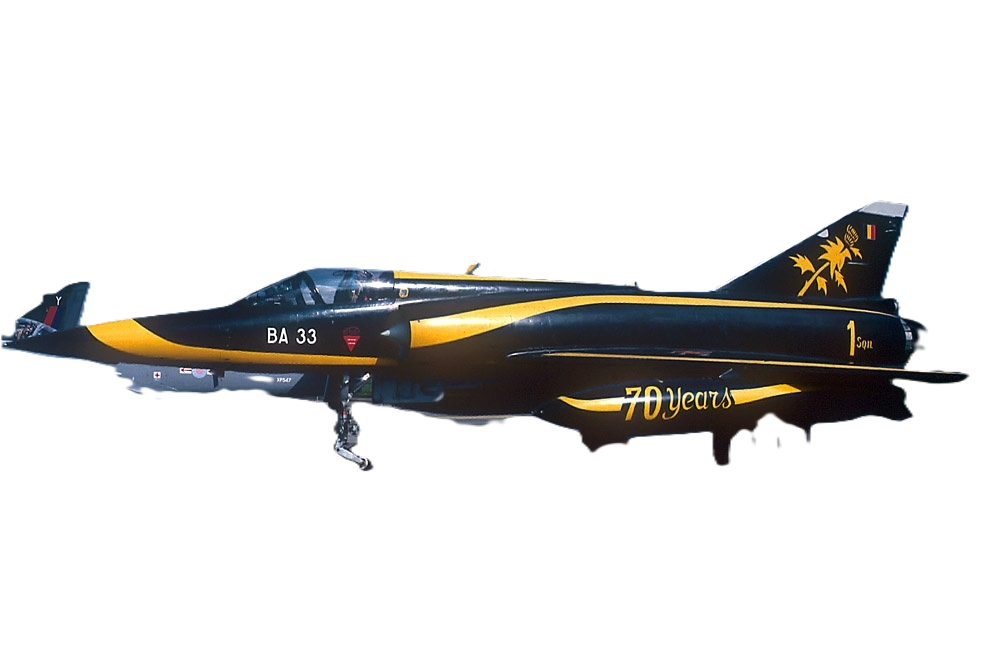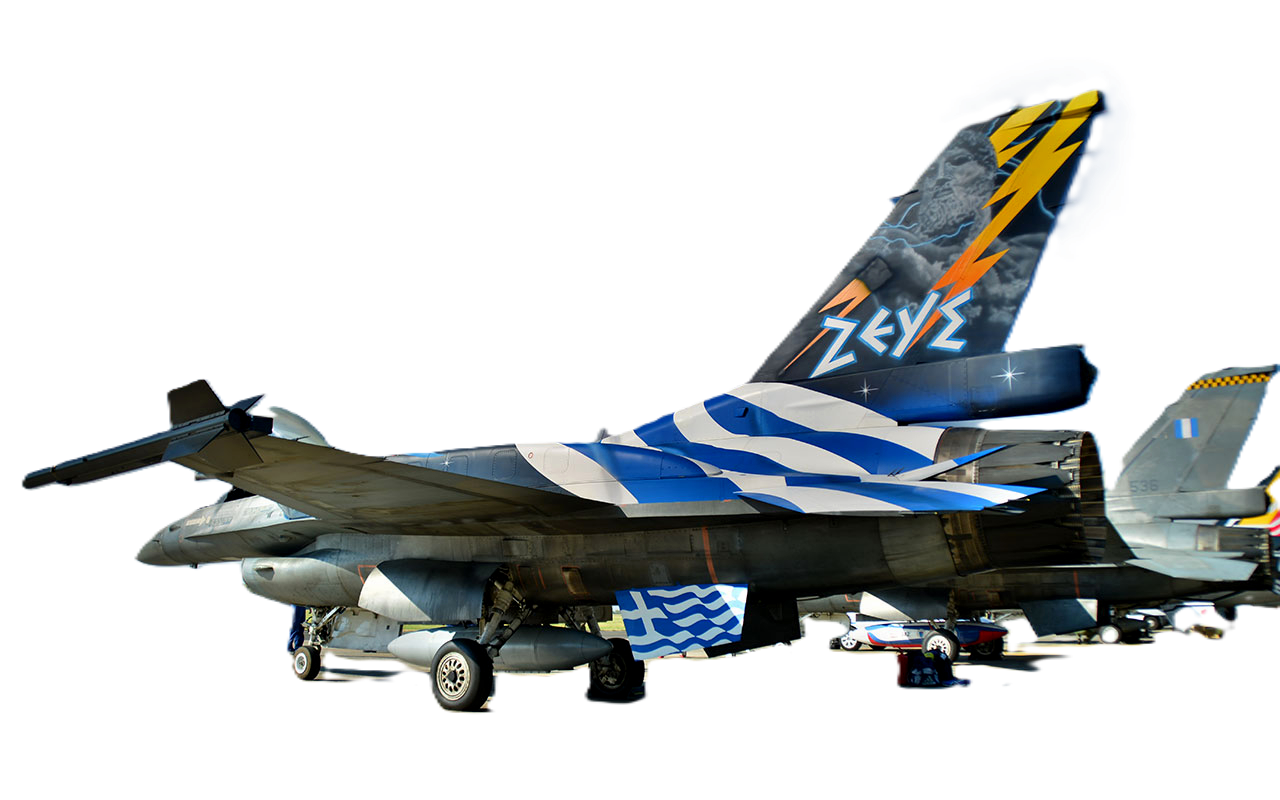Russian Aircraft "Mig"
MiG-9 Fargo
 |
|
| Red 01 at the Central Air Force Museum, Monino, Russia | |
| Role | Fighter aircraft |
|---|---|
| National origin | Soviet Union |
| Manufacturer | Mikoyan-Gurevich |
| First flight | 24 April 1946 |
| Status | Retired |
| Primary users | Soviet Air Forces People's Liberation Army Air Force |
| Produced | 1946–1948 |
| Number built | 610 |
|
|
.
History Russian Aircraft Corporation "Mig"
Mikoyan-Gurevich MiG-9 NATO reporting name: Fargo
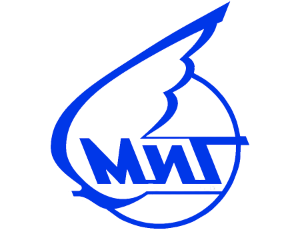
The Mikoyan-Gurevich MiG-9 (Russian: Микоян и Гуревич МиГ-9, USAF/DoD designation: Type 1, NATO reporting name: Fargo) was the first turbojet fighter developed by Mikoyan-Gurevich in the years immediately after World War II. It used reverse-engineered German BMW 003 engines. Categorized as a first-generation jet fighter, it suffered from persistent problems with engine flameouts when firing its guns at high altitudes due to gun gas ingestion. A number of different armament configurations were tested, but none solved the problem. Several different engines were evaluated, but none were flown, as the prototype of the MiG-15 promised superior performance.
Development

Origins
In February 1945, the Council of People's Commissars ordered the Mikoyan-Gurevich (MiG) OKB to develop a single-seat jet fighter to be equipped with two German BMW 003 engines. Intended to destroy bombers, the aircraft was to be equipped with a single 57-millimeter (2.2 in) or 37-millimeter (1.5 in) gun, plus two 23-millimeter (0.9 in) guns. A more detailed directive was issued on 9 April setting out requirements that the aircraft should have a maximum speed of 900 kilometers per hour (559 mph) at sea level and a speed of 910 km/h (565 mph) at an altitude of 5,000 meters (16,400 ft). It should be able to climb to that altitude in four minutes or less and it should have a maximum range of 820 kilometers (510 mi). Three prototypes were ordered to be ready for flight tests by 15 March 1946
Former operators

0
KmCeiling
0
KmCombat RANGE
0
Km.hAircraft Speed
0
Max Crew
Photo Gallery
Russian Aircraft Corporation "Mig"
Mikoyan-Gurevich MiG-9 NATO reporting name: Fargo


Russian Aircraft Corporation "Mig"
Mikoyan MiG-9 NATO reporting name: Fargo
General Info
-
-
-
-
- Crew: 1
- Length: 9.75 m (32 ft 0 in)
- Wingspan: 10 m (32 ft 10 in)
- Height: 3.225 m (10 ft 7 in)
- Wing area: 18.2 m2 (196 sq ft)
-
-
-
Powerplant
-
-
-
-
- Empty weight: 3,283 kg (7,238 lb)
- Gross weight: 4,860 kg (10,714 lb)
- Fuel capacity: 1,625 L (429 US gal; 357 imp gal)
- Powerplant: 2 × RD-20 axial-flow turbojet engines, 7.80 kN (1,754 lbf) thrust each
-
-
-
Performance
-
- Maximum speed: 864 km/h (537 mph, 467 kn) at sea level
- Maximum speed: Mach 0.7
-
-
-
- 910 km/h (570 mph; 490 kn) at 4,500 m (14,764 ft) Mach 0.74
-
-
- Never exceed speed: 1,050 km/h (650 mph, 570 kn) / Mach 0.85
- Range: 800 km (500 mi, 430 nmi)
- Service ceiling: 13,000 m (43,000 ft)
- g limits: +6
Armament
- 1 × 37 mm (1.457 in) Nudelman N-37 autocannon extending from nose intake divider
- 2 × 23 mm (0.906 in) Nudelman-Suranov NS-23 autocannon extending from undersides of nose intake
.
Links to Youtube & Others
The MiG-9 was flown in Soviet service by fighter regiments in the 1st, 7th, 14th, 15th, and 16th Air Armies. These last two were based near Kaliningrad and in East Germany respectively. In addition, the 177th Fighter Aviation Regiment of the 303rd Aviation Division near Yaroslavl flew the aircraft in 1949.
Russian Aircraft Mig
MiG-9 Fargo
Six divisions of MiG-9s, each with two regiments of 31 aircraft, were transferred to China in November–December 1950 for air defense and training duties.
Youtube Link
One MiG-9 (izdeliye FK) was modified in 1949 to serve as a testbed for the KS-1 Komet air-launched anti-shipping cruise missile. A second unpressurized cockpit was built in line with the trailing edge of the wing for the guidance system operator.

